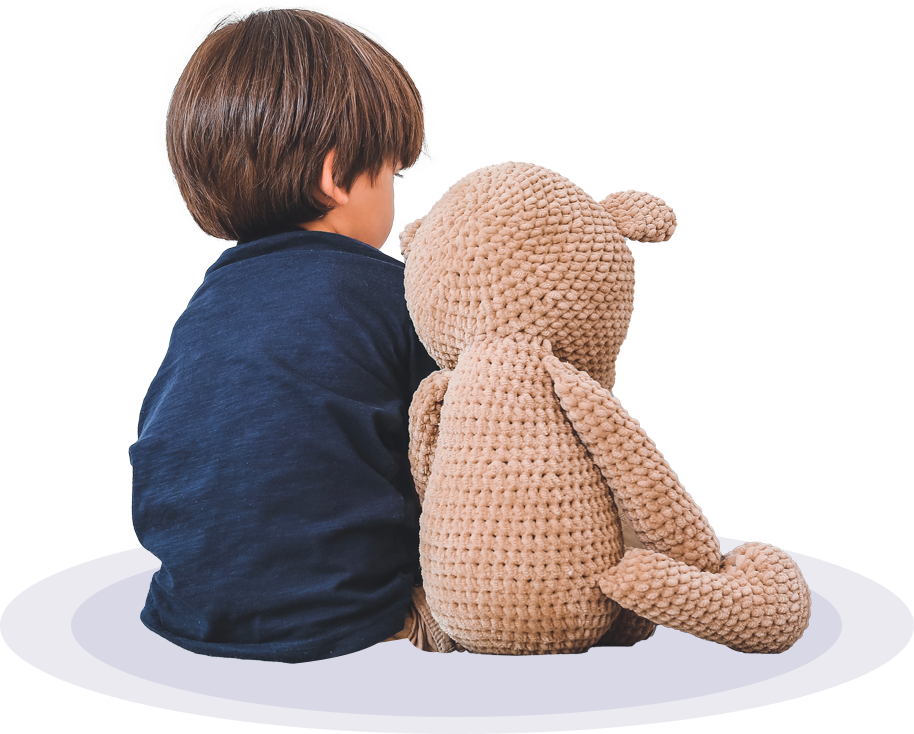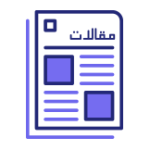Symptoms of autism spectrum disorder usually appear between the ages of two and three years.
Main symptoms of autism spectrum disorder
Difficulties with verbal language speech difficulties
Difficulties with non-verbal language
Difficulty understanding and using gestures
Difficulties with eye contact
Difficulties understanding and using facial expressions and tone of voice.
Difficulties in social interaction:
Difficulty recognizing the feelings of others.
Difficulties in recognizing and expressing his emotions and feelings.
Difficulties in speaking in turns during a conversation.
Feeling very tired in social situations.
Difficulties in determining the appropriate distance between a person with autism spectrum disorder and others.
• Repetitive body movements such as (rotating around itself, flapping hands, shaking the body, running back and forth).
• Repetitive motions with figures such as (shaking sticks, moving car wheels, flipping cars).
• Rituals in behaviors such as: lining up objects (anthropomorphisms) in a specific way, repeatedly touching objects in a specific order.
• Limited interests in certain topics.
• The need for the same routine and resistance to change, for example: (same daily schedule, same meal menu)
• At the age of 12 months, the child does not respond when his name is called.
• At the age of 14 months, the child does not point his finger at things. to show interest in it.
• At the age of 18 months, the child does not play imaginative play.
• Has trouble understanding other people's feelings or talking about his feelings.
• Delayed language and communication skills.
• Repeats words or phrases a lot (cholepsy).
• Gives answers that are not related to the questions.
• Get upset over small changes.
• Strong attachment to certain interests.
• Has repetitive movements such as flapping hands, shaking the body, spinning around on itself.
• Unusual reactions to things that sound, smell, taste, look, or feel.

Disorders associated with autism spectrum disorder
More than half of people with autism spectrum disorder have four or more autistic comorbidities. The types of conditions associated with autism and how they present differ from person to person.
Common disorders associated with autism spectrum disorder
In general, disorders that overlap with autism fall into four categories:
- Medical conditions such as: epilepsy, digestive problems, and sleep disorders.
- Developmental disorders such as: mental disability, and language delay.
- Psychiatric disorders such as: attention deficit hyperactivity disorder (ADHD), obsessive-compulsive disorder, and depression.
- Genetic disorders such as: fragile X syndrome, and complex tuberous sclerosis.
Treatment of disorders associated with autism is important, as it may help relieve symptoms of autism spectrum disorder and thus improve the quality of life of individuals with autism spectrum disorder. For example, treating sleep problems has behavioral benefits, as the number of hours of sleep and quality of sleep can affect the mood of an individual with autism spectrum disorder and the severity of his repetitive behaviors.








